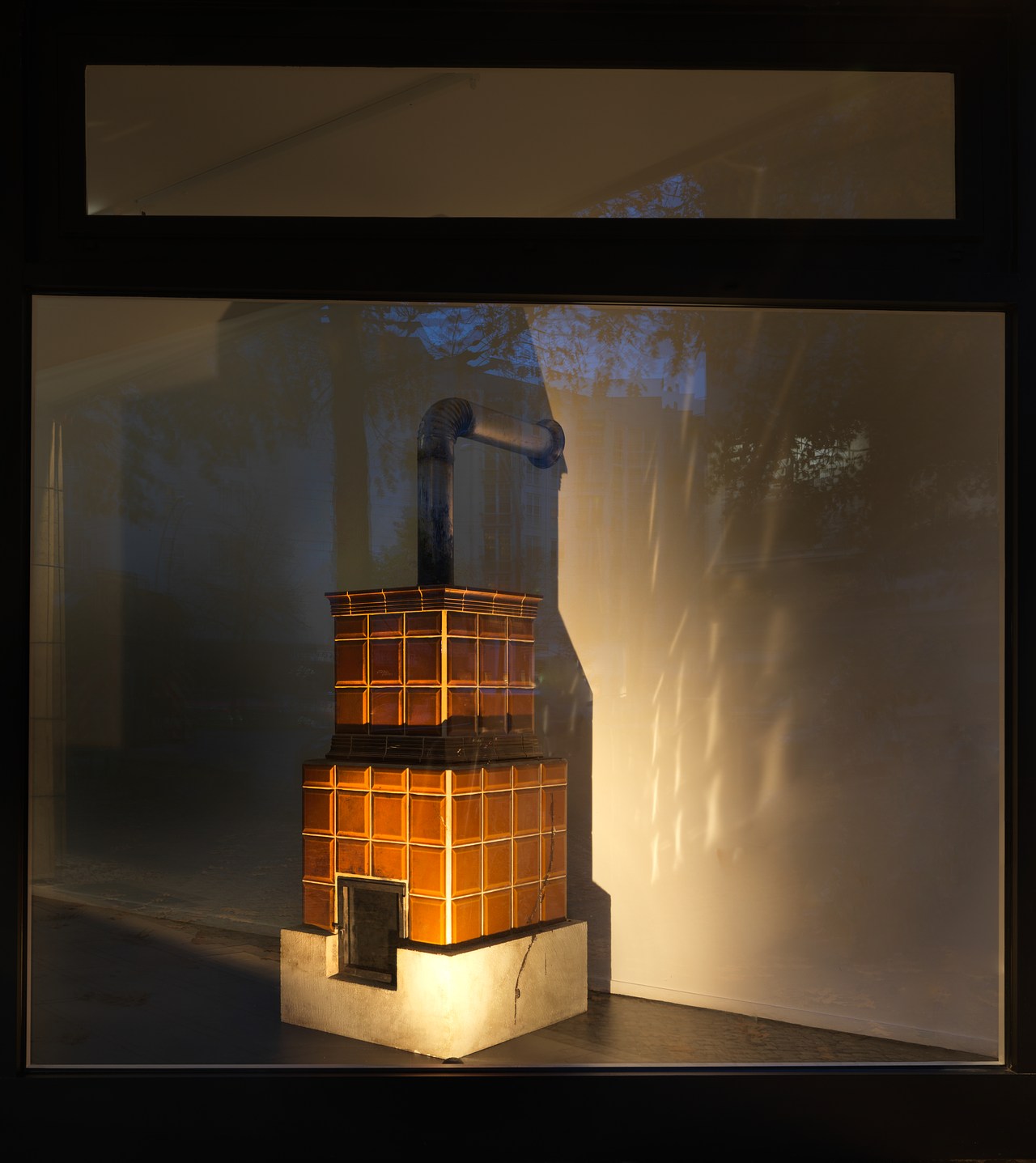Monelle
2017 - Film & Video (Film & Video)
13:53 minutes (looped)
Diego Marcon
Monelle by Diego Marcon was filmed at night inside the infamous Casa del Fascio, the headquarters of the local Fascist Party in Como Italy, designed by Giuseppe Terragni under Mussolini’s rule. The building is immersed in darkness and it is initially difficult to recognize the iconic rationalist architecture, flashes of light illuminate languid adolescent girls sleeping amidst the space for just a few seconds at a time. Next to the bodies, strange humanoids are lurking, they are CGI-generated, but the human eye does not have enough time to register their artificiality, they materialize and disappear in a flash like ghosts. Marcon filmed the piece in 35mm using the old recycled equipment of an Italian animation studio, the film explores what form oppression can take and how a place contains vestiges of past violence. This video is usually projected alone in a dark room in exhibitions or in movie theaters and strong sense of danger traverses the full film echoing the dark current political situation in Italy that sees the emergence of neo-fascist movements and a populist glorification of Mussolini, from street gangs to the highest levels of government. The film relies on the double notion of the cinematic shot and the act of violence, bathing us between the single frames in the scary unknown of obscure black.
Diego Marcon uses film, video and installation to investigate the ontology of the moving image, focusing on the relationship between reality and representation. This theoretical approach is used to address more popular forms of image such as horror, slapstick comedy and cartoons. Exaggerating and multiplying the tropes of these genres, his work takes on an uncanny dimension. He addresses historical realities, memory and politics, drawing on analogue film archives which provide him with a basis for a study on the construction of emotions. His characters are often young and melancholy and inhabit the worlds that he creates through the synthesis of old techniques with more recent digital technologies.

